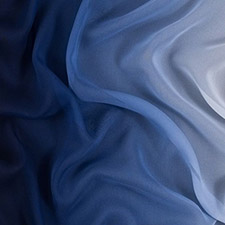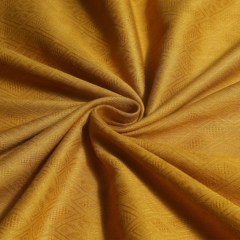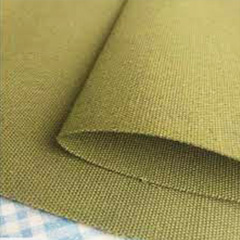Geotextile Fabric Guide
Introduction of Geotextile Fabric
Laser cut geotextile fabric delivers unmatched accuracy and clean edges for specialized civil engineering applications.
This advanced cutting method ensures precise dimensional control, creating perfectly shaped geotextiles for complex drainage systems, erosion control mats, and custom landfill liners.
Unlike traditional cutting, laser technology prevents fraying while maintaining the fabric's structural integrity and filtration properties.
Ideal for nonwoven geotextile fabric, laser cutting produces consistent perforations for optimized water flow in projects requiring exact specifications. The process is eco-friendly, waste-free, and scalable for both prototypes and mass production.
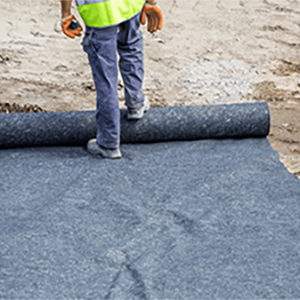
Geotextile Fabric
Types of Geotextile Fabric
Woven Geotextile Fabric
Made by interlacing polyester or polypropylene fibers in a tight weave.
Key Features: High tensile strength, excellent load distribution.
Uses: Road stabilization, embankment reinforcement, and heavy-duty erosion control.
Nonwoven Geotextile Fabric
Produced by needle-punching or thermal bonding synthetic fibers (polypropylene/polyester).
Key Features: Superior filtration, drainage, and separation capabilities.
Uses: Landfill liners, subsurface drainage, and asphalt overlay protection.
Knitted Geotextile Fabric
Created by interlocking loops of yarn for flexibility.
Key Features: Balanced strength and permeability.
Uses: Slope stabilization, turf reinforcement, and lightweight projects.
Why Choose Geotextile?
Geotextiles offer smart solutions for construction and environmental projects:
✓ Stabilizes Soil - Prevents erosion and strengthens weak ground
✓ Improves Drainage - Filters water while blocking soil (ideal for nonwoven types)
✓ Saves Costs - Reduces material use and long-term maintenance
✓ Eco-Friendly - Biodegradable options available
✓ Multi-Purpose - Used in roads, landfills, coastal protection, and more
Geotextile Fabric vs Other Fabrics
| Feature | Geotextile Fabric | Regular Fabric | Why It Matters |
| Made From | Plastic-based materials | Cotton/plant fibers | Won't rot or break down easily |
| Lasts | 20+ years outdoors | 3-5 years before wearing out | Saves replacement costs |
| Water Flow | Lets water through just right | Either blocks or leaks too much | Prevents flooding while keeping soil |
| Strength | Extremely tough (carries heavy loads) | Tears easily | Holds roads/structures firmly |
| Chemical Proof | Handles acids/cleaners | Damaged by chemicals | Safe for landfills/industry |
Guide to the Best Laser Power for Cutting Fabrics
In this video, we can see that different laser cutting fabrics require different laser cutting powers and learn how to choose laser power for your material to achieve clean cuts and avoid scorch marks.
How to Laser Etch Denim | Jeans Laser Engraving Machine
The video shows you the process of denim laser engraving. With the assist of CO2 galvo laser marking machine, ultra-speed laser engraving and customized pattern design are available. Enrich your denim jacket and pants by laser engraving.
Recommended Geotextile Laser Cutting Machine
Typical Applications of Laser Cutting of Geotextile Fabric
Laser cutting is widely used in the textile industry for precision cutting of delicate fabrics like chiffon. Here are some typical applications of laser cutting for chiffon fabrics:
Precision Drainage Systems
Custom Slope Protection
Eco-Friendly Landfills
Long-Term Road Reinforcement
Ecological Landscaping
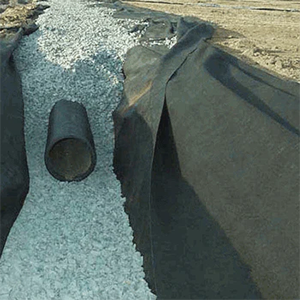
Application: Precision-cut drainage hole arrays (0.5-5mm adjustable diameter)
Advantage: Hole position error ≤0.3mm, drainage efficiency increased by 50%
Case Study: Stadium subsurface drainage layer (daily drainage capacity increased by 2.4 tons)
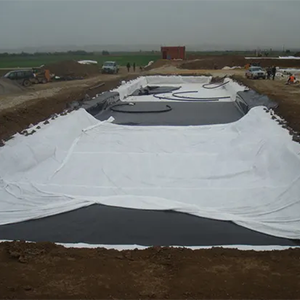
Application: Special-shaped anti-scour grids (hexagonal/honeycomb designs)
Advantage: Single-piece molding, tensile strength retention >95%
Case Study: Highway slopes (stormwater erosion resistance improved 3x)
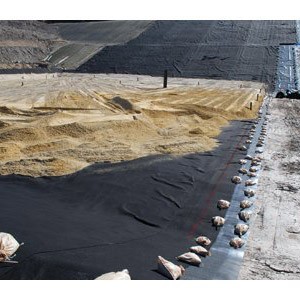
Application: Composite cutting of biogas venting layers + impermeable membranes
Advantage: Heat-sealed edges eliminate fiber shedding pollution
Case Study: Hazardous waste treatment center (gas collection efficiency increased 35%)

Application: Layered reinforcement strips (serrated joint design)
Advantage: Zero burrs at laser-cut edges, interlayer bonding strength improved 60%
Case Study: Airport runway expansion (settlement reduced 42%)
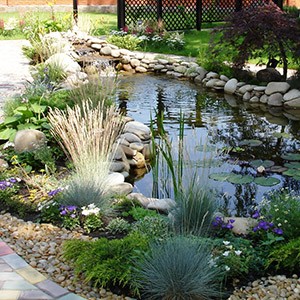
Application: Bionic tree root protectors/permeable landscape mats
Advantage: Capable of 0.1mm precision patterns, combining function and aesthetics
Case Study: Urban sponge parks (100% rainwater infiltration compliance)
Laser Cut Geotextile Fabric: Process & Advantages
Laser cutting is a precision technology increasingly used for boucle fabric, offering clean edges and intricate designs without fraying. Here’s how it works and why it’s ideal for textured materials like boucle.
① Precision and Intricacy
Delivers exact cuts for intricate designs or tailored project needs.
② Fray-Free Edges
The laser seals edges, preventing unraveling and enhancing durability.
③ Efficiency
Faster than manual cutting, reducing labor costs and material waste.
④ Versatility
Suitable for perforations, slots, or unique shapes in erosion control, drainage, or reinforcement.
① Preparation
Fabric is laid flat and secured to avoid wrinkles.
② Parameter Settings
CO₂ laser is used with optimized power and speed to avoid burning or melting.
③ Precision Cutting
The laser follows the design path for clean, accurate cuts.
④ Edge Sealing
Edges are heat-sealed during cutting, preventing fraying.
FAQS
Geotextile fabric is a permeable synthetic material, typically made from polyester or polypropylene, used in civil and environmental engineering projects for soil stabilization, erosion control, drainage improvement, filtration, and separation of soil layers.
It enhances structural integrity, prevents soil mixing, and promotes water flow while retaining soil particles.
Yes, water can pass through geotextile fabric because it is designed to be permeable, allowing liquid to flow while filtering out soil particles and preventing clogging. Its permeability varies based on the fabric's type (woven or non-woven) and density, making it useful for drainage, filtration, and erosion control applications.
The main function of geotextile fabric is to separate, filter, reinforce, protect, or drain soil in civil and environmental engineering projects. It prevents soil mixing, improves drainage, enhances stability, and controls erosion while allowing water to pass through. Different types (woven, non-woven, or knitted) are chosen based on specific project needs like road construction, landfills, or erosion control.
The key difference between landscape fabric and geotextile fabric** lies in their purpose and strength:
- Landscape fabric is a lightweight, porous material (usually non-woven or woven polypropylene) designed for gardening and landscaping—mainly to suppress weeds while allowing air and water to reach plant roots. It is not built for heavy loads.
- Geotextile fabric is a heavy-duty engineered material (woven, non-woven, or knitted polyester/polypropylene) used in civil engineering projects like road construction, drainage systems, and soil stabilization. It provides separation, filtration, reinforcement, and erosion control under high-stress conditions.
Summary: Landscape fabric is for gardening, while geotextile is for construction and infrastructure. Geotextiles are stronger and more durable.
While geotextile fabric offers many benefits, it also has some disadvantages. Over time, it can become clogged with fine soil particles, reducing its permeability and drainage efficiency. Some types are vulnerable to UV degradation if left exposed to sunlight for extended periods.
Installation requires proper preparation, as incorrect placement can lead to reduced effectiveness or fabric damage. Additionally, low-quality geotextiles may tear under heavy loads or degrade chemically in harsh environments. While generally cost-effective, high-performance geotextiles can be expensive for large-scale projects.
The lifespan of geotextile fabric varies based on material and environmental conditions, but it typically lasts 20 to 100 years. Polypropylene and polyester geotextiles, when properly buried and protected from UV exposure, can endure for decades—often 50+ years in drainage or road stabilization projects.
If left exposed to sunlight, degradation accelerates, reducing longevity to 5–10 years. Chemical resistance, soil conditions, and mechanical stress also influence durability, with heavy-duty woven geotextiles generally outlasting lightweight non-woven varieties. Proper installation ensures maximum service life.





